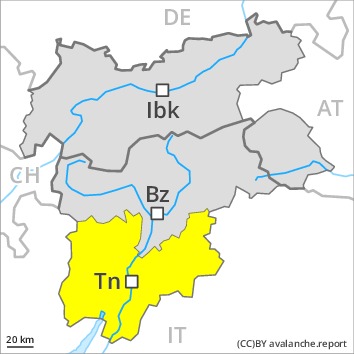
Danger level
 | 2000m
|
Avalanche Problem
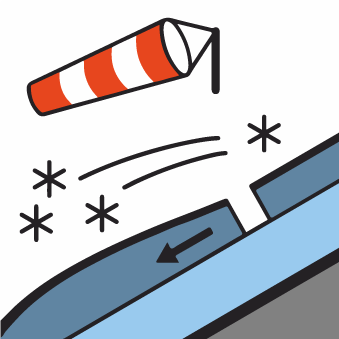 | | Wind-drifted snow |
| 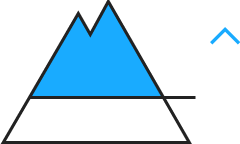 | |  |
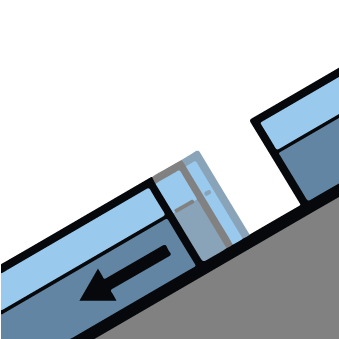 | | Gliding snow |
|  | |  |
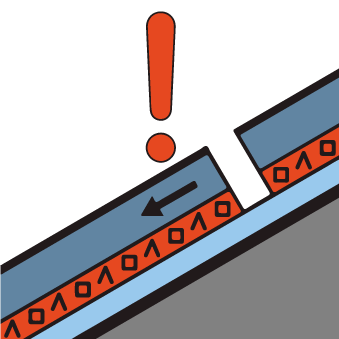 | | Persistent weak layer |
|  | |  |

Wind slabs represent the main danger.
The sometimes large wind slabs represent the main danger. The fresh wind slabs can be released easily. or in isolated cases naturally, in all aspects and generally above the tree line. This applies in particular on very steep slopes, and adjacent to ridgelines.
Avalanches can in isolated cases penetrate deep layers and reach quite a large size. Weak layers in the old snowpack are difficult to recognise. The number and size of avalanche prone locations will increase with altitude.
Slight increase in danger of dry and moist avalanches as a consequence of warming during the day and solar radiation. Areas with glide cracks are to be avoided as far as possible. An appreciable danger of gliding avalanches exists. Backcountry touring calls for experience in the assessment of avalanche danger and careful route selection.
Snowpack
dp.6: cold, loose snow and wind
The fresh wind slabs remain for the foreseeable future prone to triggering in particular on steep shady slopes. This also applies in gullies and bowls below the tree line. In some cases the various wind slabs have bonded still only poorly.
Faceted weak layers exist in the centre of the snowpack in particular above the tree line.
Towards its base, the snowpack is moist and its surface has a melt-freeze crust, in particular at low and intermediate altitudes.
Tendency
As a consequence of highly fluctuating temperatures the snow drift accumulations will stabilise during the next few days. A latent danger of gliding avalanches exists.











